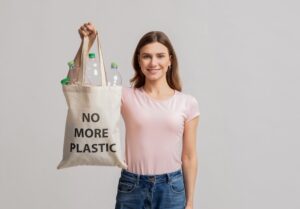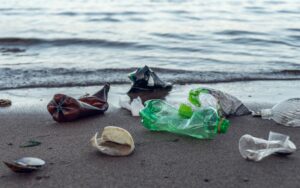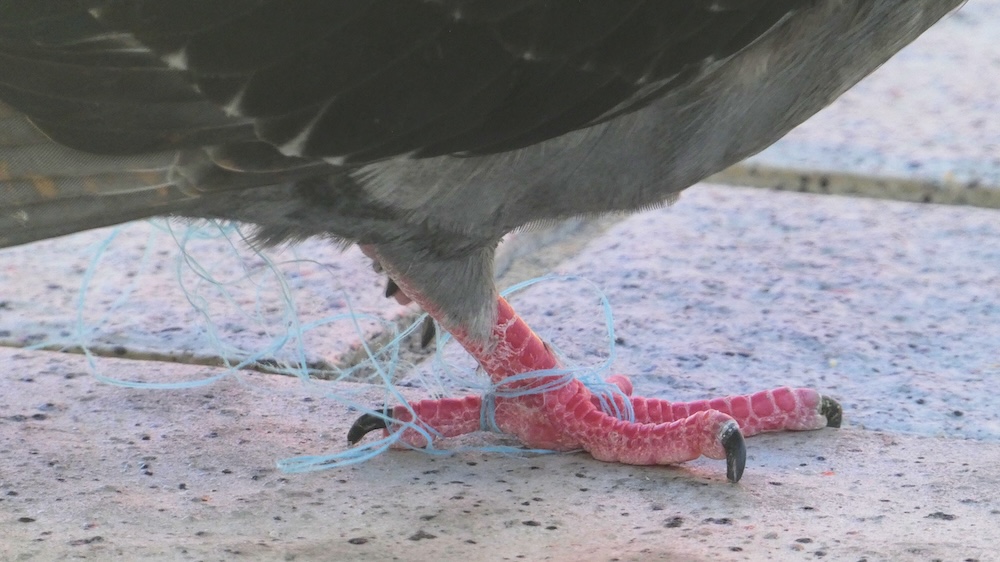A Silent Crisis in the Oceans
The problem of plastic pollution isn’t just floating on the surface—it’s inside the bodies of the ocean’s most iconic animals. Sea birds, whales, dolphins, seals, and turtles are washing up dead with stomachs full of plastic, often starving to death with bellies packed with trash.
This tragic phenomenon highlights the interconnectedness of ocean ecosystems and human behavior—and the urgency with which we must act.
How Plastic Ends Up in Marine Stomachs
Plastic enters the ocean from countless sources: landfills, storm drains, boats, abandoned fishing gear, and even personal care products. Once in the ocean, it doesn’t biodegrade—instead, it breaks into smaller pieces (microplastics), which many marine animals mistake for food.
Common Ingestion Scenarios:
- Sea birds mistake floating plastic for fish and feed it to their chicks
- Turtles mistake plastic bags for jellyfish
- Whales filter massive volumes of water, accidentally consuming plastic debris
- Seals and dolphins ingest plastic waste caught in their prey
The Physical Toll of Plastic Ingestion
Once consumed, plastic can:
- Block the digestive tract, causing animals to feel full while starving
- Puncture internal organs, leading to infection or death
- Accumulate toxic chemicals, which can poison the animal over time
- Reduce reproductive health and immune function
A recent study found that 90% of seabirds have plastic in their guts, and some whales have been found with over 200 pounds of plastic in their stomachs.
Starvation with a Full Stomach
Plastic doesn’t break down in the stomach. When animals ingest large amounts, their bellies feel full, so they stop eating. In reality, they’re slowly starving to death, unable to process food or get nutrients.
This is especially tragic in young animals that rely on parents for food—chicks fed plastics by well-meaning parents often die before reaching adulthood.
What Can Be Done to Stop This?
As Individuals:
- Refuse single-use plastics like bags, bottles, straws, and utensils
- Choose plastic-free packaging whenever possible
- Properly recycle and dispose of waste
- Participate in local beach cleanups and conservation efforts
As a Society:
- Advocate for stronger regulations on plastic production and waste
- Support innovations in biodegradable packaging and materials
- Demand corporate accountability for pollution and extended producer responsibility (EPR)
Common Questions
Why don’t the animals just spit out the plastic?
Many marine animals have no biological way of distinguishing plastic from food. Once ingested, it often gets lodged and can’t be expelled.
Do microplastics harm animals too?
Yes. Microplastics can enter tissues, carry toxins, and disrupt hormone systems.
What about humans? Do we eat microplastics?
Yes. Microplastics are now found in seafood, drinking water, and even salt. The long-term effects on humans are still being studied.
Can animals recover after ingesting plastic?
In minor cases, yes—but severe plastic ingestion usually leads to irreversible damage or death.
Final Thoughts
Plastic pollution is killing marine animals not because they’re weak or slow—but because they’re surrounded by our waste. The ocean doesn’t recognize plastic as foreign—it absorbs it into its ecosystem, with devastating consequences.
Protecting marine life starts with everyday choices. Every plastic bottle avoided, every beach cleaned, and every policy supported can help stop the silent starvation of sea birds and marine mammals before it’s too late.









Reader Interactions